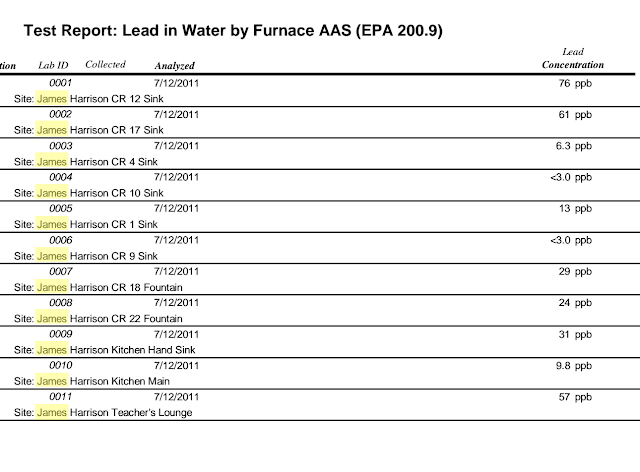Washington Post:
Facing pressure, more schools scramble to confront dangers of lead in water.
Tests last summer showed troubling levels of lead in the water at Summit Township Elementary School, perched on a quiet hilltop outside Butler, Pa. But for the next five months, no one told the parents of Summit’s 250 students.
When officials alerted families to the potential lead contamination in January, the dominoes fell quickly. The district superintendent and assistant superintendent resigned. The school board hired an independent investigator. Administrators shuttered Summit and moved students to another building several miles away. And the mother of a kindergartner filed a federal lawsuit, saying the inaction had created “a school full of poisonous drinking water.”
Nearly two years after a water crisis in Flint, Mich., triggered renewed pressure for lead testing and remediation in schools across the country, many districts continue to stumble.
School systems throughout the country have wrestled with lead in water for decades, in part because of the intractable problem of lead-bearing fixtures and pipes in aging buildings. In addition, the overwhelming majority of schools face no state or federal laws that require testing, and crimped budgets and understaffed districts mean water testing seldom rises to a top priority.
"In Portland, Ore., irate parents demanded accountability last summer after the state’s largest district failed to immediately inform them about elevated lead levels detected in taps and fountains. The superintendent stepped down after the release of a scathing report that detailed the district’s failure to fix problems, and months later, Portland is still providing bottled water at its 90 schools — at an annual cost of about $850,000."
































